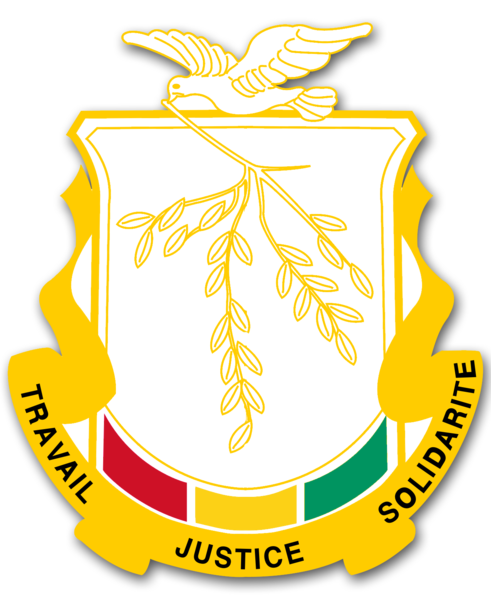Guinea-Bissau- Second National Communication
Project Overview
The creation of a National Communication offers countries the opportunity to contribute with technically sound studies and information that can be used for designing mitigation and adaptation measures, and project proposals that can and will help increase their resilience to the impacts of climate change. Activities generally include: V&A assessments, Greenhouse Gas Inventory preparation, Mitigation Analysis or Education, and awareness raising activities.The ultimate goal is the integration of climate change considerations into relevant social, economic and environmental policies and actions.
Key Vulnerabilities identified in Guinea-Bissau's Second National Communication (2011):
- Agriculture and food security
- Water resources
- Coastal zones and marine ecosystems
- Forestry
- Tourism
Project Details
Potential adaptation measures identified in Guinea-Bissau's Second National Communication (2011):
Agriculture and food security
- Improved water management (through the promotion of irrigation and integrated water resources management).
- Sustainable development of agriculture (components: Integrated management and soil fertility, strengthening of support services to producers and dissemination of improved technologies).
- Improved management of other natural resources (components: organization of transhumance and route planning, sustainable management of forest resources and sustainable management of fisheries’ resources).
Forestry
- Monitoring of forests, based on research and application of credible technologies;
- The productive potential of the site, the extent of the growth period and the duration of the dry season should be the determining factors in the choice of species for use in reforestation and drought tolerance;
- The best places should be reserved for demanding species with regard to soil moisture;
- Reforestation with advisable orientation may increase the likelihood of survival of trees;
- In the scenario of temperature increase, which imply an increase of forest fires, we should promote the early warning system for risks of fire;
- Establishment of a regulatory and effective tax on wood for energy;
- Plantations of species with high calorific value and high growth
Water Resources
- Promote studies to evaluate the possibilities of building dams to retain rainwater in order to avoid the loss of these into the rivers, seas and ocean;
- Conduct a comprehensive study on the capabilities and characteristics of the river system (tributaries and small flowing streams) with the intention of its use for irrigation and construction of small dams to hold water for agriculture and livestock breeding;
- Construction of small ramps on the banks of the tributaries of the Geba River, in order to allow animals to drink the waters of these rivers;
- Organization and awareness to change mentality (creation of water user associations), to improve the level of knowledge of water resources (hydrology and hydrogeology) and its operation (training);
Key Results and Outputs
- Sustainable development and the integration of climate change concerns into medium- and long-term planning
- Inventories of anthropogenic emissions by sources and removals by sinks of greenhouse gases
- Measures contributing to addressing climate change
- Research and systematic observation
- Climate change impacts, adaptation measures and response strategies
- Education, training and public awareness
Reports and Publications
Assessments and Background Documents
Monitoring and Evaluation
In 1992, countries joined an international treaty, the United Nations Framework Convention on Climate Change, to cooperatively consider what they could do to limit average global temperature increases and the resulting climate change, and to cope with whatever impacts were, by then, inevitable.
Parties to the Convention must submit national reports on implementation of the Convention to the Conference of the Parties (COP). The required contents of national communications and the timetable for their submission are different for Annex I and non-Annex I Parties. This is in accordance with the principle of "common but differentiated responsibilities" enshrined in the Convention.
The core elements of the national communications for both Annex I and non-Annex I Parties are information on emissions and removals of greenhouse gases (GHGs) and details of the activities a Party has undertaken to implement the Convention. National communications usually contain information on national circumstances, vulnerability assessment, financial resources and transfer of technology, and education, training and public awareness.
Since 1994, governments have invested significant time and resources in the preparation, collection and validation of data on GHG emissions, and the COP has made determined efforts to improve the quality and consistency of the data, which are ensured by established guidelines for reporting. Non-Annex I Parties receive financial and technical assistance in preparing their national communications, facilitated by the UNFCCC secretariat.



